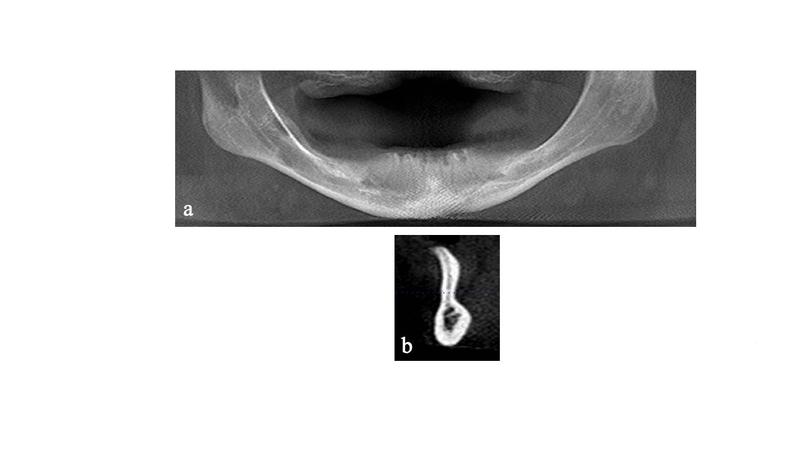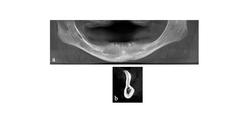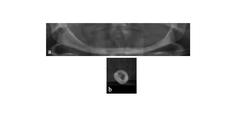-
0
Patient Assessment
- 0.1 Patient demand
- 0.2 Overarching considerations
- 0.3 Local history
- 0.4 Anatomical location
- 0.5 General patient history
-
0.6
Risk assessment & special high risk categories
- 5.1 Risk assessment & special high risk categories
- 5.2 age
- 5.3 Compliance
- 5.4 Smoking
- 5.5 Drug abuse
- 5.6 Recreational drugs and alcohol abuse
- 5.7 Parafunctions
- 5.8 Diabetes
- 5.9 Osteoporosis
- 5.10 Coagulation disorders and anticoagulant therapy
- 5.11 Steroids
- 5.12 Bisphosphonates
- 5.13 BRONJ / ARONJ
- 5.14 Radiotherapy
- 5.15 Risk factors
-
1
Diagnostics
-
1.1
Clinical Assessment
- 0.1 Lip line
- 0.2 Mouth opening
- 0.3 Vertical dimension
- 0.4 Maxillo-mandibular relationship
- 0.5 TMD
- 0.6 Existing prosthesis
- 0.7 Muco-gingival junction
- 0.8 Hyposalivation and Xerostomia
- 1.2 Clinical findings
-
1.3
Clinical diagnostic assessments
- 2.1 Microbiology
- 2.2 Salivary output
-
1.4
Diagnostic imaging
- 3.1 Imaging overview
- 3.2 Intraoral radiographs
- 3.3 Panoramic
- 3.4 CBCT
- 3.5 CT
- 1.5 Diagnostic prosthodontic guides
-
1.1
Clinical Assessment
-
2
Treatment Options
- 2.1 Mucosally-supported
-
2.2
Implant-retained/supported, general
- 1.1 Prosthodontic options overview
- 1.2 Number of implants maxilla and mandible
- 1.3 Time to function
- 1.4 Submerged or non-submerged
- 1.5 Soft tissue management
- 1.6 Hard tissue management, mandible
- 1.7 Hard tissue management, maxilla
- 1.8 Need for grafting
- 1.9 Healed vs fresh extraction socket
- 1.10 Digital treatment planning protocols
- 2.3 Implant prosthetics - removable
-
2.4
Implant prosthetics - fixed
- 2.5 Comprehensive treatment concepts
-
3
Treatment Procedures
-
3.1
Surgical
-
3.2
Removable prosthetics
-
3.3
Fixed prosthetics
-
3.1
Surgical
- 4 Aftercare
移植需要
Key points
- 骨量减少或不利的牙槽骨形状可能需要在种植体植入之前进行移植或骨再生
- 根据骨质缺损的形状,实施侧向或纵向移植程序
- 为了更好地进行诊断,最好使用 3D 计算机 X 线断层摄影术
移植适应证 - 解剖
从解剖学角度来说,主要有三种适应证:
- 垂直骨缺损
- 水平骨缺损
- 局部骨质缺损

移植适应证 - 临床
从临床角度来说,在考虑是否需要移植时,下面两个额外注意事项是重要因素:
- 不足以进行可靠种植体移植的骨量
- 术中或术后下颌断裂的风险过高
移植是否必要?
在以患者为中心的方法中,如果有替代选项能够提供可预测的效果,则必须考虑避免骨移植:使用更少/短型/窄型种植体、使用颧骨固定。
为了确保正确诊断以及确定是否需要移植,最好拍摄 3D CT 图像进行参考。移植需求和过程的一些示例包括:
- 在牙槽突具有明显刀刃型牙嵴的 Cawood 4 类骨情况下(图 1 和图 2),进行侧向移植。
- 在 Cawood 5 类骨情况下(图 1),不需要移植。在不进行移植的情况下植入种植体是可行的。
- 在牙槽突完全缺失并且下颌体极度萎缩的 Cawood 6 类骨情况下(图 1 和 3),进行垂直移植。在这种情况下,将 >7 mm 的下颌高度和 >6 mm 的水平宽度视为移植的临床适应证。
- 在发生大量局部骨质缺损的情况下,适合进行垂直移植。



